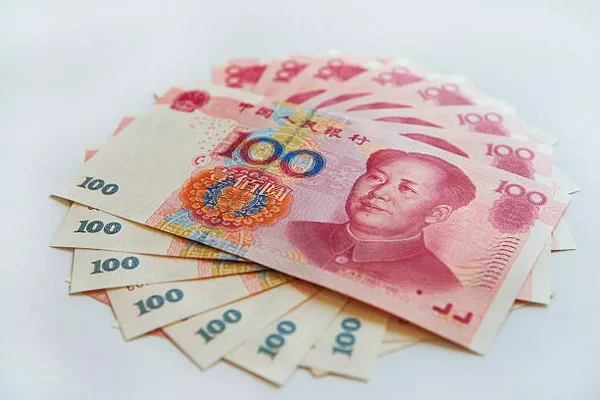China, with its booming economy and global influence, has become a financial powerhouse in the modern world. As the world’s second-largest economy, understanding how China generates its money is crucial for gaining insights into its economic strategies and global impact. This article delves into the multifaceted mechanisms that contribute to China’s financial prowess, exploring key aspects such as trade, investments, domestic policies, and technological advancements.
Trade and Exports
A cornerstone of China’s economic success lies in its prowess as the “world’s factory.” The country has established itself as a manufacturing hub, producing a wide array of goods, from electronics to textiles. China’s robust export sector has played a pivotal role in bringing in foreign currency, boosting the nation’s reserves and contributing significantly to its economic growth.
The export-led model has allowed China to amass substantial foreign exchange reserves, which provide a buffer against economic uncertainties. By maintaining a trade surplus, China ensures a continuous influx of funds, strengthening its economic stability and allowing for strategic investments both domestically and abroad.
Investments and Outbound Capital
China’s economic strategy extends beyond its borders, as evidenced by its investments in foreign countries. The Belt and Road Initiative (BRI) is a prime example of China’s ambitious global investment plan, involving infrastructure projects in numerous countries. Through BRI and other investment channels, China not only secures access to key resources but also creates markets for its products and services.
In addition to outbound investments, China has attracted substantial foreign direct investment (FDI). The country’s growing consumer market, skilled labor force, and favorable business environment make it an attractive destination for multinational corporations. FDI not only brings in capital but also facilitates technology transfer and enhances China’s capabilities in various industries.
Domestic Policies and Financial Reforms
China’s economic landscape is shaped by a series of deliberate domestic policies and financial reforms. The government’s ability to control key sectors, such as banking and finance, has allowed for strategic interventions to stimulate economic growth and stability. The control over the yuan’s exchange rate, for instance, enables China to maintain a competitive edge in international trade.
Furthermore, financial reforms, including the establishment of free-trade zones and the opening up of certain sectors to foreign investment, showcase China’s commitment to economic liberalization. These reforms not only attract foreign capital but also encourage domestic entrepreneurship and innovation, fueling economic growth.
Technology and Innovation
China’s emphasis on technological advancements has propelled it to the forefront of global innovation. The country has become a leader in areas such as e-commerce, telecommunications, and artificial intelligence. The success of tech giants like Alibaba, Tencent, and Huawei has not only contributed to the country’s economic growth but has also positioned China as a major player in the global tech landscape.
The technology sector serves as a catalyst for economic development, creating high-value jobs and driving productivity gains. China’s focus on research and development, coupled with a large and dynamic domestic market, allows it to harness the full potential of technological innovation, contributing significantly to its economic prowess.
Currency Management and Monetary Policy
China’s approach to currency management and monetary policy is a crucial factor in understanding how it generates and maintains its economic power. The controlled flexibility of the yuan’s exchange rate allows China to adapt to changing economic conditions while ensuring the competitiveness of its exports.
Additionally, China’s central bank, the People’s Bank of China (PBOC), plays a pivotal role in implementing monetary policies that support economic objectives. Through prudent management of interest rates, reserve requirements, and open market operations, the PBOC aims to maintain price stability, foster economic growth, and ensure the stability of the financial system.
See Also What Is The Best Currency To Use In China?
Conclusion
China’s economic success is a result of a carefully crafted tapestry woven from various threads, each contributing to the nation’s financial strength. From its robust export-driven model to strategic global investments, domestic policies, technological advancements, and currency management, China has created a comprehensive approach to economic development.
As China continues to evolve and assert its influence on the global stage, understanding the intricacies of its economic mechanisms becomes increasingly important. Observers and stakeholders alike must stay attuned to the multifaceted strategies employed by China to generate and sustain its economic power in an ever-changing global landscape.


